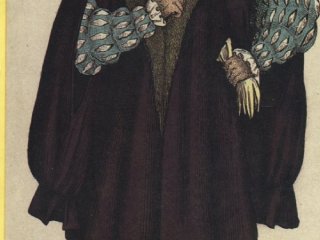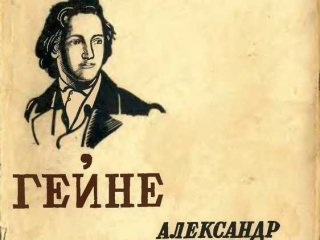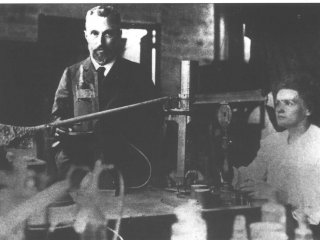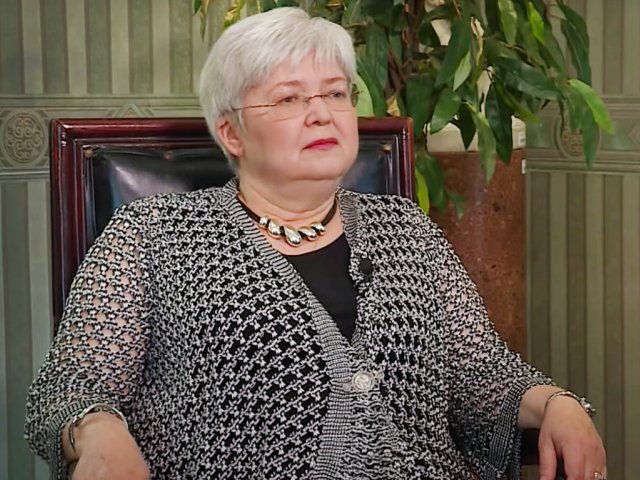
Wolfgang Pauli, the founder of quantum mechanics, sent a letter to a “group of radioactives,” as he aptly put it, gathered in Tübingen. The “radioactives” appreciated the pun, as they had gathered in this Southern German city for an international conference on radioactivity. The letter was hardly a surprise: Pauli seldom published his works, but often sent letters to fellow physicians to share his discoveries. This letter wasn’t an exception: Federal Polytechnic School professor was sharing with his peers his new hypothesis. In a desperate – in his own words – attempt to save the law of conservation of energy, Paul suggested the existence of an unknown electrically neutral particle in the nucleus. “I did something horrible today,” he complained to his friend Walter Baade, an astronomer. “A theoretical physicist should never do things like that. I suggested something that could never be proven experimentally.” He was wrong on that one: the particle was verified and proved, albeit much later, and christened as the neutrino.
























